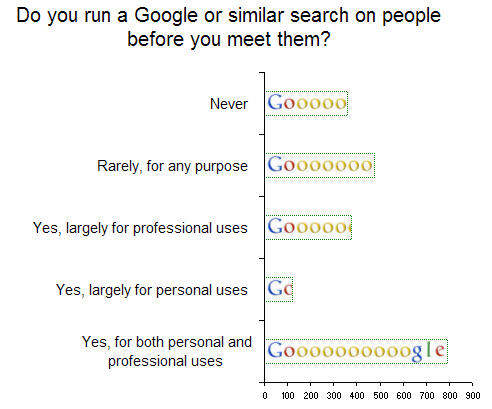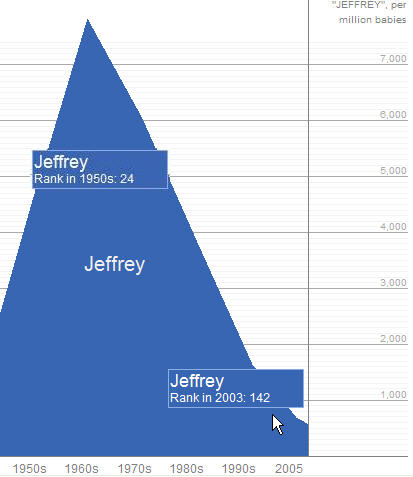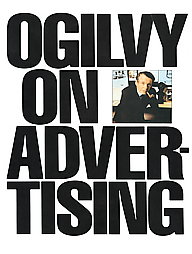Behavioral ad targeting is the process of predicting who will be most responsive to online ads based on clicks and search behavior. In the mid-90’s, portals and ad networks (primarily Go.com and Advertising.com, respectively), took the first steps in using browsing behavior as a proxy for consumer interest in an advertiser’s products and services. There are many more companies doing it today (and Go.com, after its sale to Disney, is out of the game entirely)*. The whole process has gotten better and smarter. But has it gotten smart enough to earn its keep?Â
To understand this type of targeting, keep in mind that these systems are context agnostic. They don’t attempt to judge why more people who viewed a particular sports site and music site shortly thereafter clicked on a banner for car insurance. These systems simply watch and learn.
The promise of behavioral ad targeting is that advertisers will ultimately be able to make ad buys where fewer people may click on ads, but those who do convert to customers far more often. Has that promise come to pass?
An ideal product for this type of targeting is a car. Nearly everyone will want to buy one sooner or later, so the challenge is to talk to consumers when they are in the consideration process. Sure, you can run contextual ads — in other words, run them on a car-centric site, or in online publications that happen to be reporting on cars. That works. But there is far more ad inventory out there, and many people in the market for a car are visiting these other sites, and not car sites. They would never dream of researching their next car online. Contextual ad buys overlook these people completely.
It’s wasteful to advertise in a scatter-shot fashion across sites, but what if the probability of consumers clicking on your car ad could be improved by sprinkling your ads throughout a vast network of sites, and then having the behavioral targeting (BT) system note those sites visited just before one of your ads generates a click?
Which brings us to Jumpstart Automotive Media, which created this microsite to explain BT to potential advertisers. It even provided a case study. Terrific! I’ve been eager to read an example of the huge ROI that modern BT can deliver.
Well, I wasn’t terribly impressed. The case study describes these results:
- Contextual placements received a 36% higher click-through rate than Behavioral placements
- The conversion rate on behavioral placements was 42% greater than on contextual placements (conversion is a specific navigation path that takes place on the client’s web site)
- The cost per action on behavioral placements was 4% lower than on contextual placements
Is it just me, or does this 4 percent reduction in acquisition cost, for all of that extra work, just seem a little … disappointing.
Am I missing something here? Am I missing something period? If you have insights about this case study that have escaped me, or if you have better evidence that behavior ad targeting is really worth the effort, I’d love to hear from you.
* 5/16/2007 Postscript: Today’s New York Times had a good article on the entire field of ad analytics. You’ll find it here, as part of their Small Business special section.


 The book that first inspired me to get into direct response — a move that led directly to my love of interactive marketing — was written by a famous ad man. Remarkably, David Ogilvy’s
The book that first inspired me to get into direct response — a move that led directly to my love of interactive marketing — was written by a famous ad man. Remarkably, David Ogilvy’s